Optimal Timing for Foundation Repairs
Foundation repairs are most effective when scheduled during specific periods of the year that minimize environmental stress on the structure. The ideal timing depends on local climate conditions, soil type, and seasonal weather patterns. Proper timing can help ensure the longevity and stability of repairs, reducing the likelihood of future issues.
Spring offers moderate temperatures and soil moisture levels, making it suitable for foundation work. However, frequent rain can delay projects or affect soil conditions.
Summer provides longer daylight hours and generally dry weather, which can facilitate construction. High temperatures may cause soil to dry out, impacting repair effectiveness.
Fall often presents cooler temperatures and stable soil moisture, ideal for foundation repairs. It allows enough time before winter for repairs to settle.
Winter is typically less suitable due to freezing temperatures and frozen ground, which can hinder excavation and repair work.
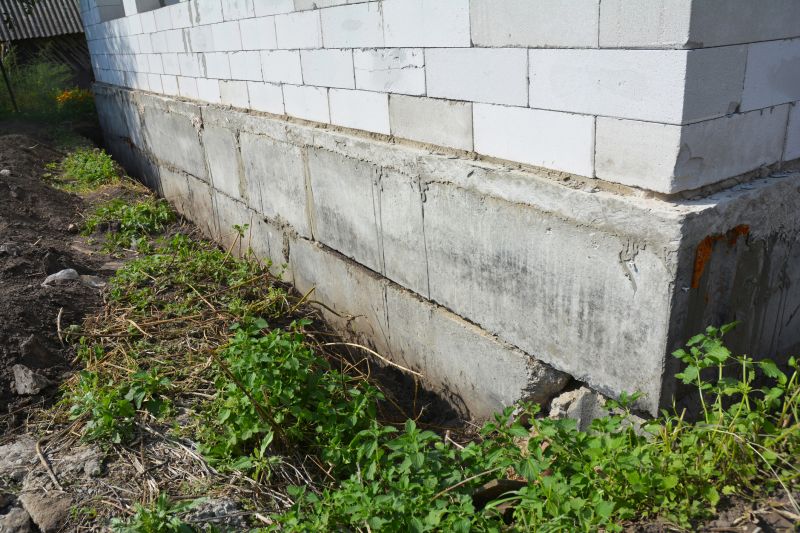
Spring is a popular time for foundation repairs due to favorable weather conditions.
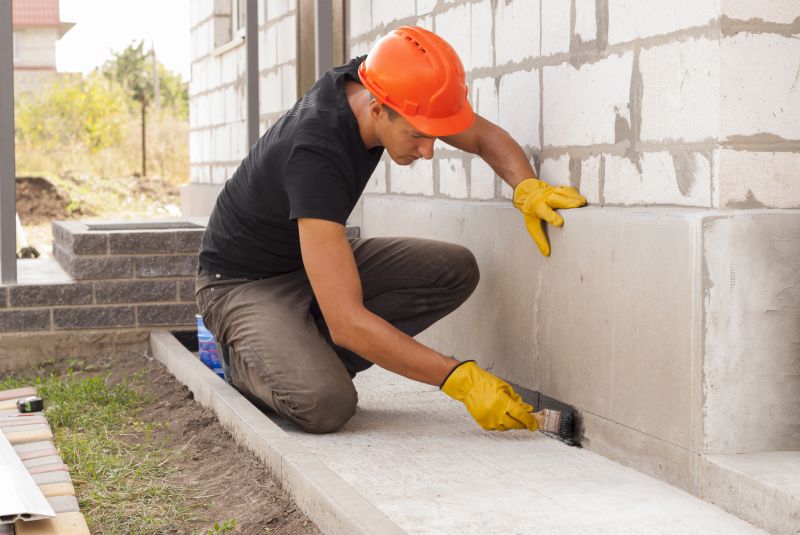
Dry summer months help reduce delays caused by rain and moisture.
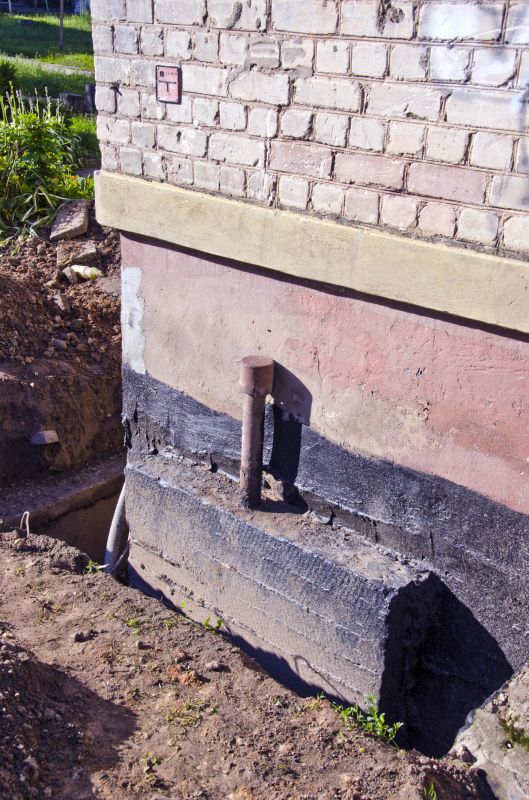
Fall offers stable soil conditions before winter freeze.
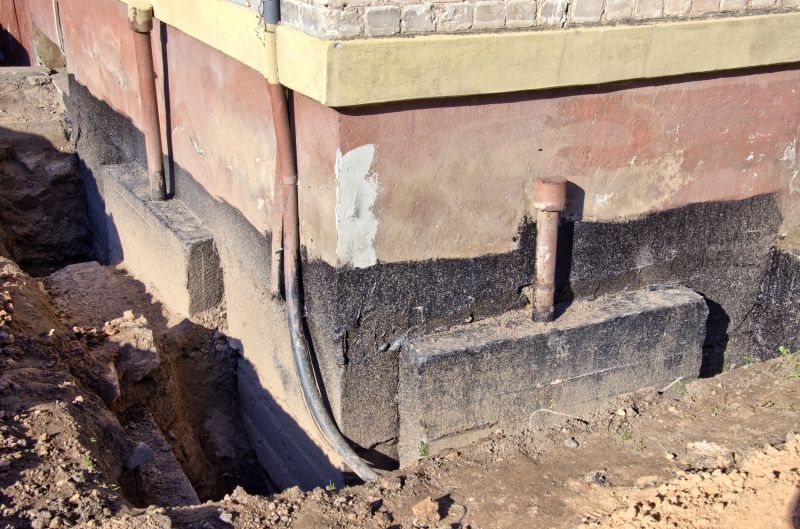
Winter's cold temperatures limit excavation and foundation repair activities.
| Season | Ideal Conditions |
|---|---|
| Spring | Moderate temperatures, moist soil, manageable rain |
| Summer | Dry weather, long daylight hours |
| Fall | Cool temperatures, stable moisture, before freeze |
| Winter | Frozen ground, cold temperatures, limited activity |
Foundation repairs are essential for maintaining structural integrity and preventing further damage. They typically involve addressing issues such as settling, cracking, or shifting caused by soil movement, moisture changes, or poor initial construction. Timely repairs can help avoid costly structural problems and improve the safety of the property. According to industry statistics, addressing foundation issues early can reduce repair costs by up to 50 percent and extend the lifespan of the structure.
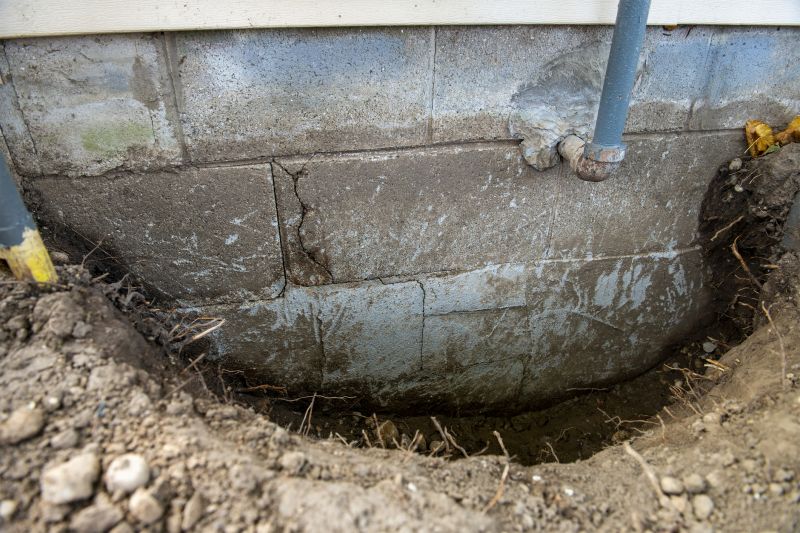
Visible cracks indicate potential foundation movement requiring attention.
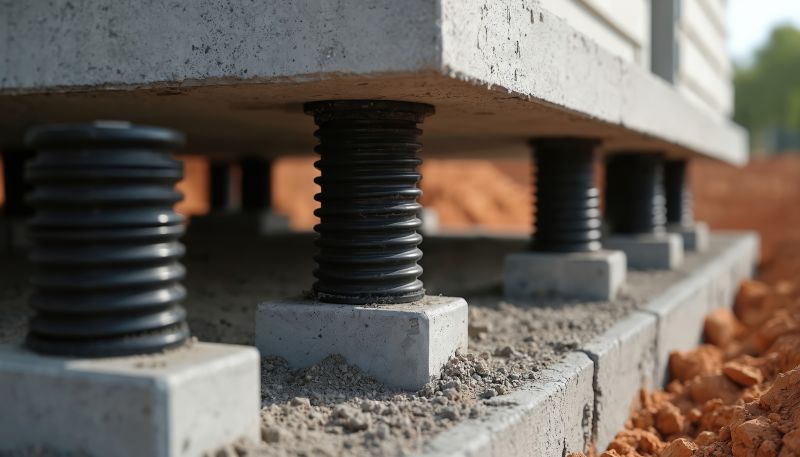
Piering stabilizes and lifts sunken foundations effectively.
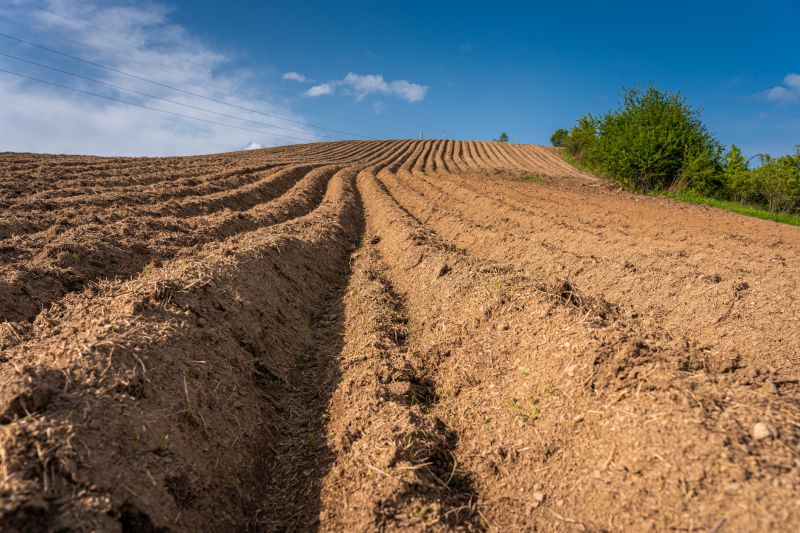
Proper soil stabilization prevents future foundation issues.
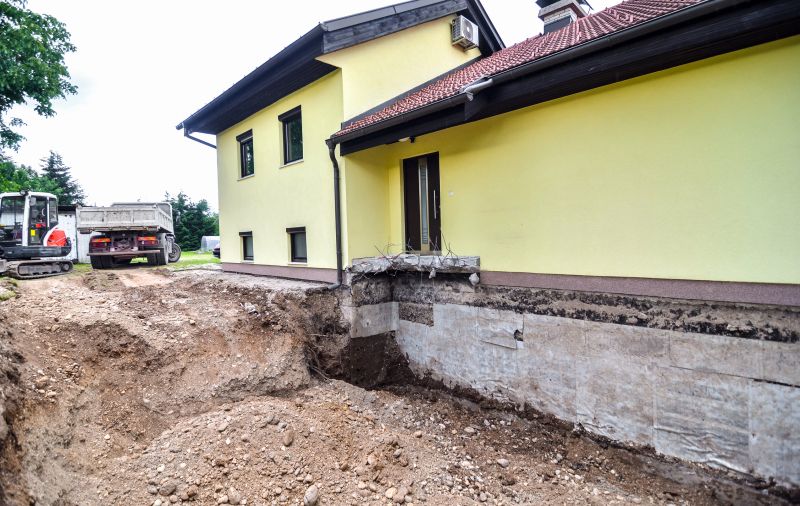
Step-by-step repair involves assessment, excavation, and stabilization.
For property owners in Schaumburg, Illinois, understanding the optimal timing for foundation repairs can help minimize disruptions and ensure long-term stability. Consulting with foundation specialists can provide tailored recommendations based on local soil conditions and seasonal weather patterns. Filling out the contact form can facilitate scheduling inspections or consultations to determine the best time for foundation work.

